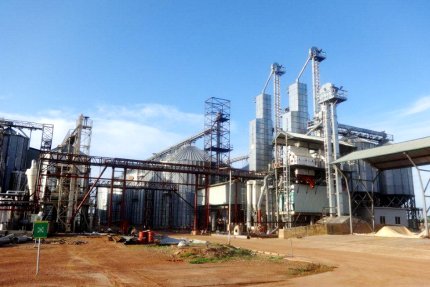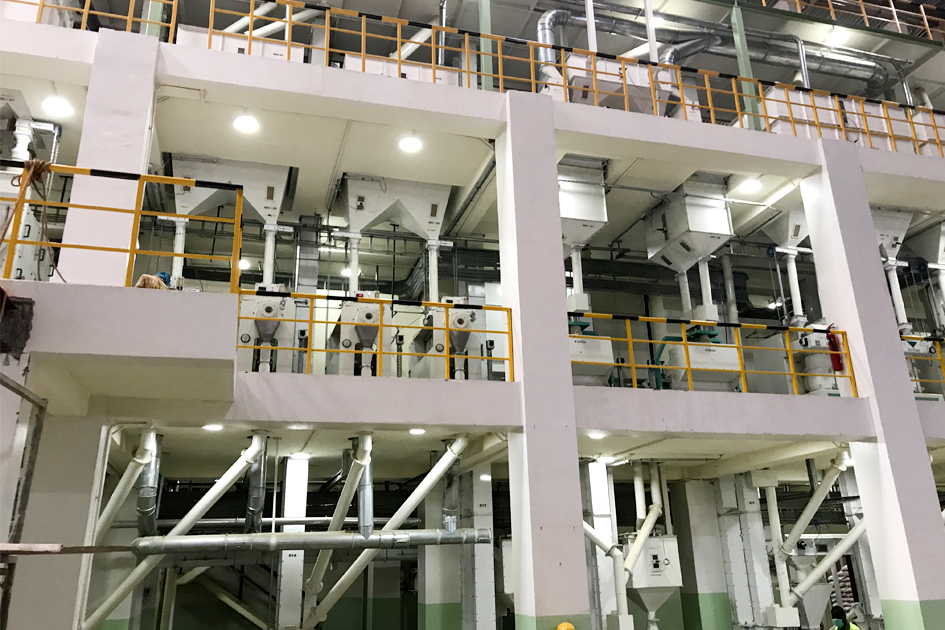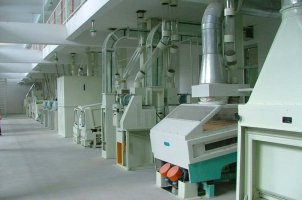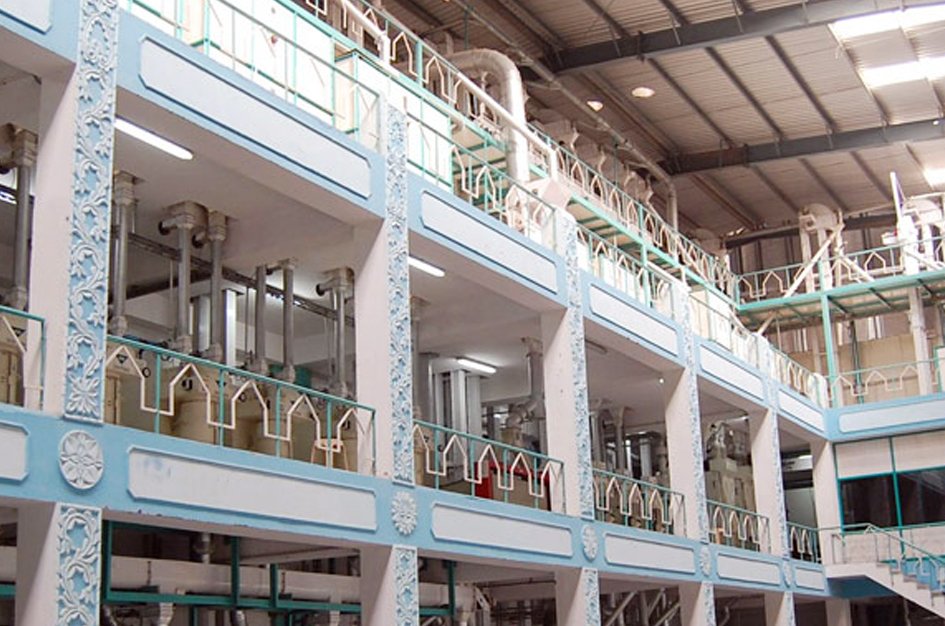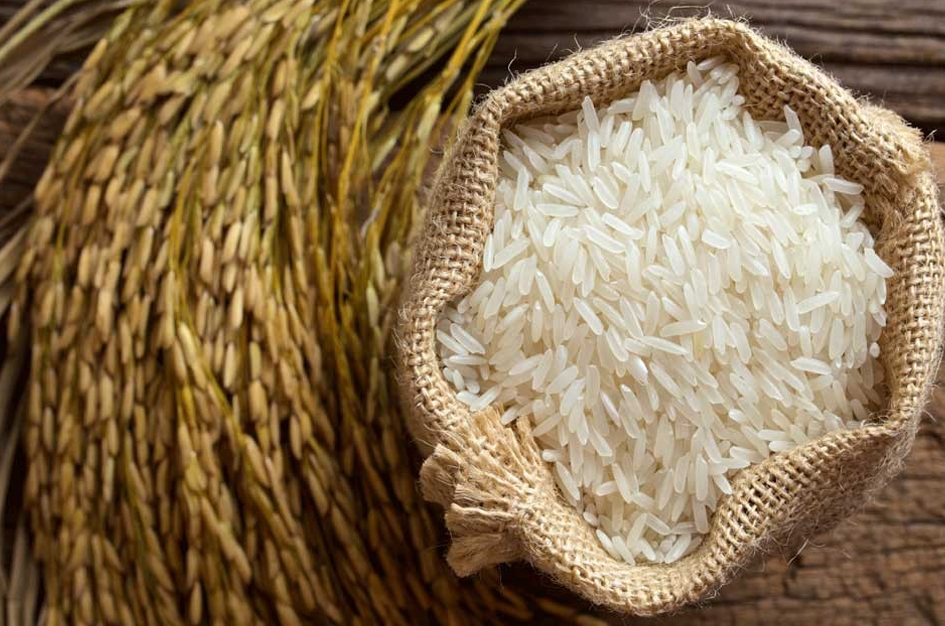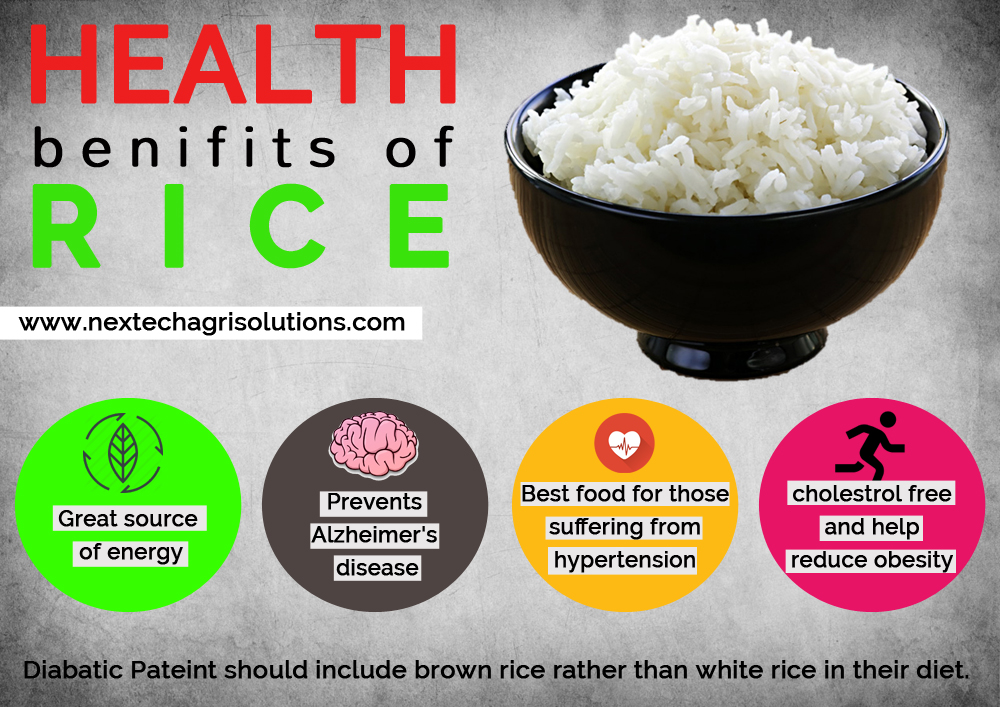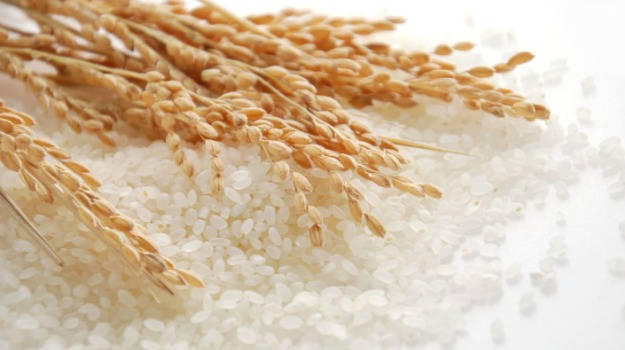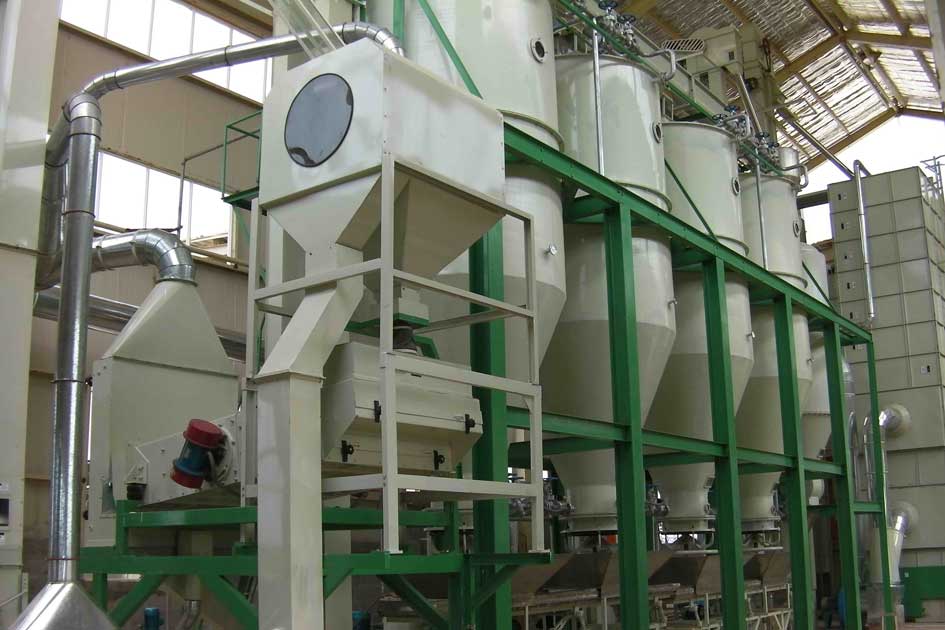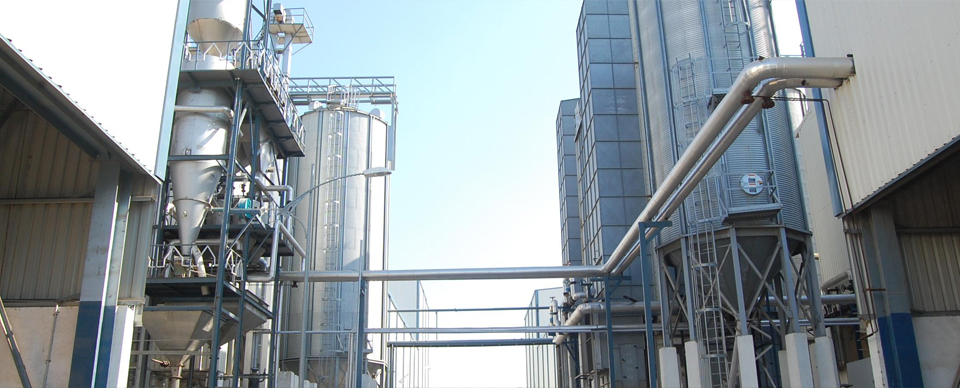By “drying” is meant the phase of the post-harvest system during which the product is rapidly dehydrated to a so-called “backup” moisture. This desiccation is intended to sufficiently reduce the moisture content of the grain to ensure favorable conditions for storage or subsequent processing of the product.
It is possible to obtain the drying of the products by circulating more or less hot air in a mass of grains. In its movement, the air gives heat to the grains, absorbing moisture from the most superficial layers.
The water present in the surface layers of the grains evaporates much more efficiently and more rapidly than that of the inner layers.
It is therefore much more difficult to lower the water content of a product from 25% to 15% than from 35% to 25%. It would be wrong to think that this difficulty can be overcome by carrying out a rapid drying at a high temperature. Indeed, such drying conditions generate internal tensions, producing small cracks that can lead to breakage of grains during subsequent treatments.
For the drying of grains, the methods employed are, in essence, two in number:
– Natural drying
– Artificial drying
Both have advantages and disadvantages, and there is no ideal way to meet all needs.
Natural Drying
The method of natural paddy dryer, to which the techniques illustrated in the section on pre-drying operations also relate, consists essentially in exposing the beaten products to the air (in the sun or the shade). To obtain the desired moisture content, the grains are spread in thin layers over a drying area, where they are exposed to air (in the sun or the shade) for a maximum of 10-15 days. To promote uniform drying, the seeds should frequently be stirred, especially if they are exposed to direct sunlight. In addition, for the drying to be sufficient, the relative humidity of the ambient air must not exceed 70%.
Artificial Drying
The introduction of high-yielding crop varieties and the gradual mechanization of agriculture now make it possible to harvest large quantities of grain in a short period. In the tropical and subtropical humid zones, given the unfavorable weather conditions at the time of harvest, it is often difficult to safeguard the quality of the products.
To meet the need to increase agricultural production, it is, therefore, necessary to dry the products in a relatively short time, and whatever the ambient conditions. Thus, paddy dryer plant must be used. This method consists essentially in subjecting the grains to a forced ventilation of more or less heated air. It requires the use of individual devices called “dryers.”
Artificial Raw Paddy Dryer
From the point of view of construction, the essential elements of a rice dryer machine are:
– the dryer body, which contains the grains to be dried;
– The hot air generator, which allows heating the air drying;
– The fan, which allows the circulation of drying air in the grain mass.
For the artificial drying of the grains, two types of dryers are used:
– Static or batch dryers;
– Continuous dryers.
The former is inexpensive and only treat small quantities of grain; they are therefore more suited to the needs of small and medium-sized collection and processing centers.
As for the latter, they are high flow paddy drying technology that requires more complex infrastructure, additional equipment and especially a particular planning and organization. They are therefore more suitable for large centers, silos or shops, where very large quantities of product are processed. Nextech Agri Solutions is a reliable brand if you want to purchase agricultural solutions.
 MAIL US :
MAIL US :
 CALL US :
>
CALL US :
>
